ARTICLE AD BOX
In one of the gravest escalations between India and Pakistan in recent memory, both countries appeared perilously close to a full-scale war before an unexpected ceasefire agreement pulled them back from the edge.
For four days, missile strikes, drone attacks, and aerial dogfights pushed the region into a state of high alert, with fears mounting globally about the risks of a nuclear conflict. Now, newly emerged details have shed light on how intense behind-the-scenes diplomacy – led primarily by the United States and supported by China, Saudi Arabia and others – steered the two nuclear powers away from the brink.
According to officials on both sides, a breakthrough came on Saturday afternoon, when India and Pakistan’s top military commanders spoke directly for the first time since hostilities erupted earlier that week. Though the accounts differ sharply in some areas, both governments now acknowledge that a ceasefire was finalised during a phone call between their respective directors general of military operations.
Lieutenant General Rajiv Ghai, India’s director general of military operations (DGMO), said in a briefing on Sunday that the hotline call took place at 3.35pm local time, just as Indian officials were assessing their options following early morning Pakistani strikes. During the conversation, the two sides agreed to halt all offensive operations, and a follow-up call was scheduled to work out terms to ensure the truce would hold.
Indian prime minister Narendra Modi in his first address to the nation since the conflict began, reiterated the claim that Pakistan contacted India, “following India’s aggressive action” and began “seeking escape routes”, appealing “globally to de-escalate”.
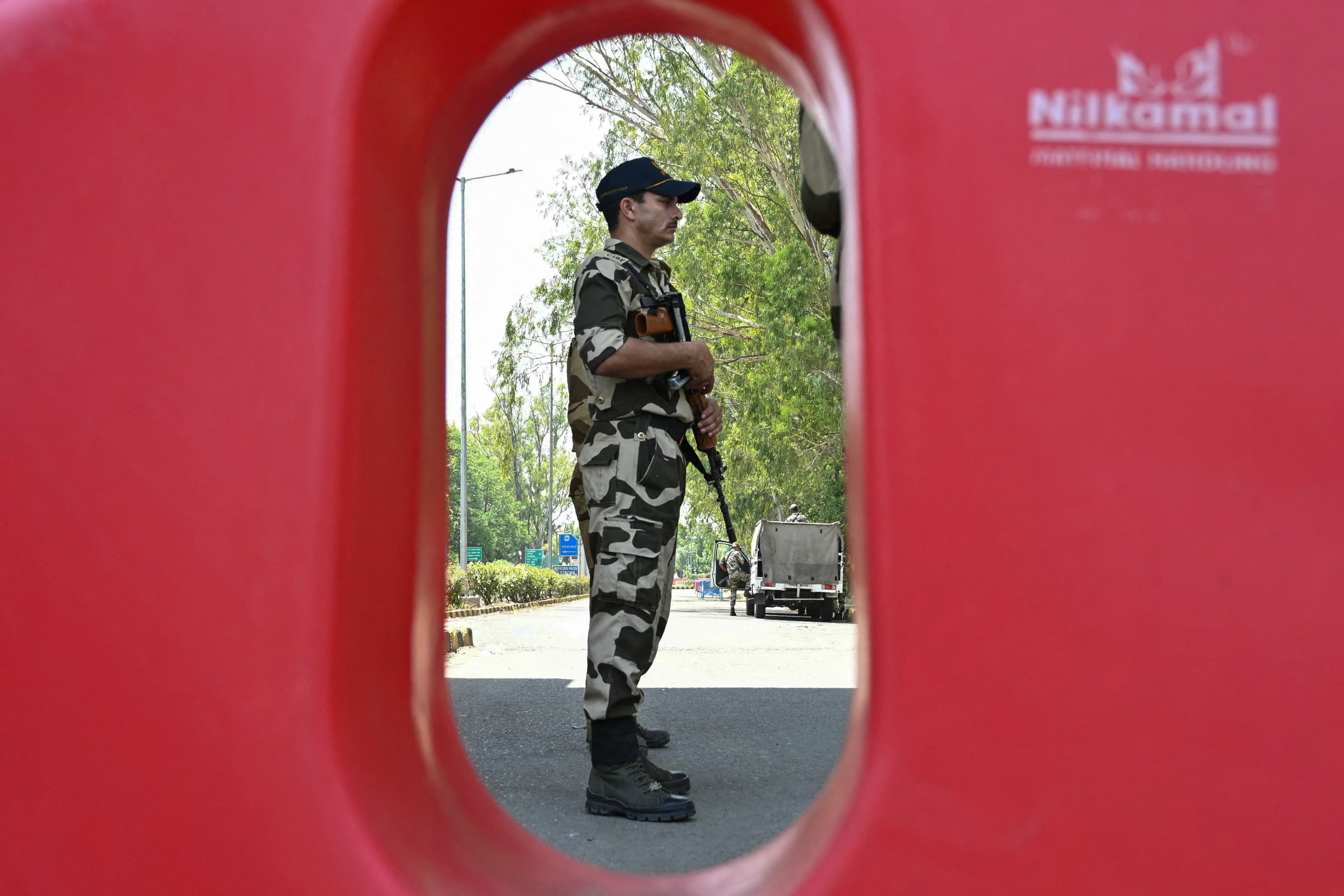
“After being badly defeated, on the afternoon of May 10, the Pakistani army contacted our DGMO,” Mr Modi said. “By then, we had already destroyed a large part of the terrorist infrastructure, eliminated many terrorists, and turned their terror nests in Pakistan into ruins.”
India took Pakistan’s appeal into consideration after the hostile neighbour “pleaded and said it would refrain from further terrorist and military provocations”, he said.
Pakistan’s military confirmed initiating contact but said its outreach had also involved diplomatic intermediaries. A Pakistani official, speaking to CNN, revealed that the US had been pivotal in delivering messages and pushing for resolution behind the scenes. Islamabad reportedly received “assurances” from Washington that India would honour the ceasefire terms.
The United States took a hands-on approach in the final hours before the truce. According to The Guardian, the first urgent call came at 4am in Islamabad, when US Secretary of State Marco Rubio contacted Pakistan’s army chief General Asim Munir. That call marked the beginning of an intense, eight-hour effort to bring both sides back from escalation.
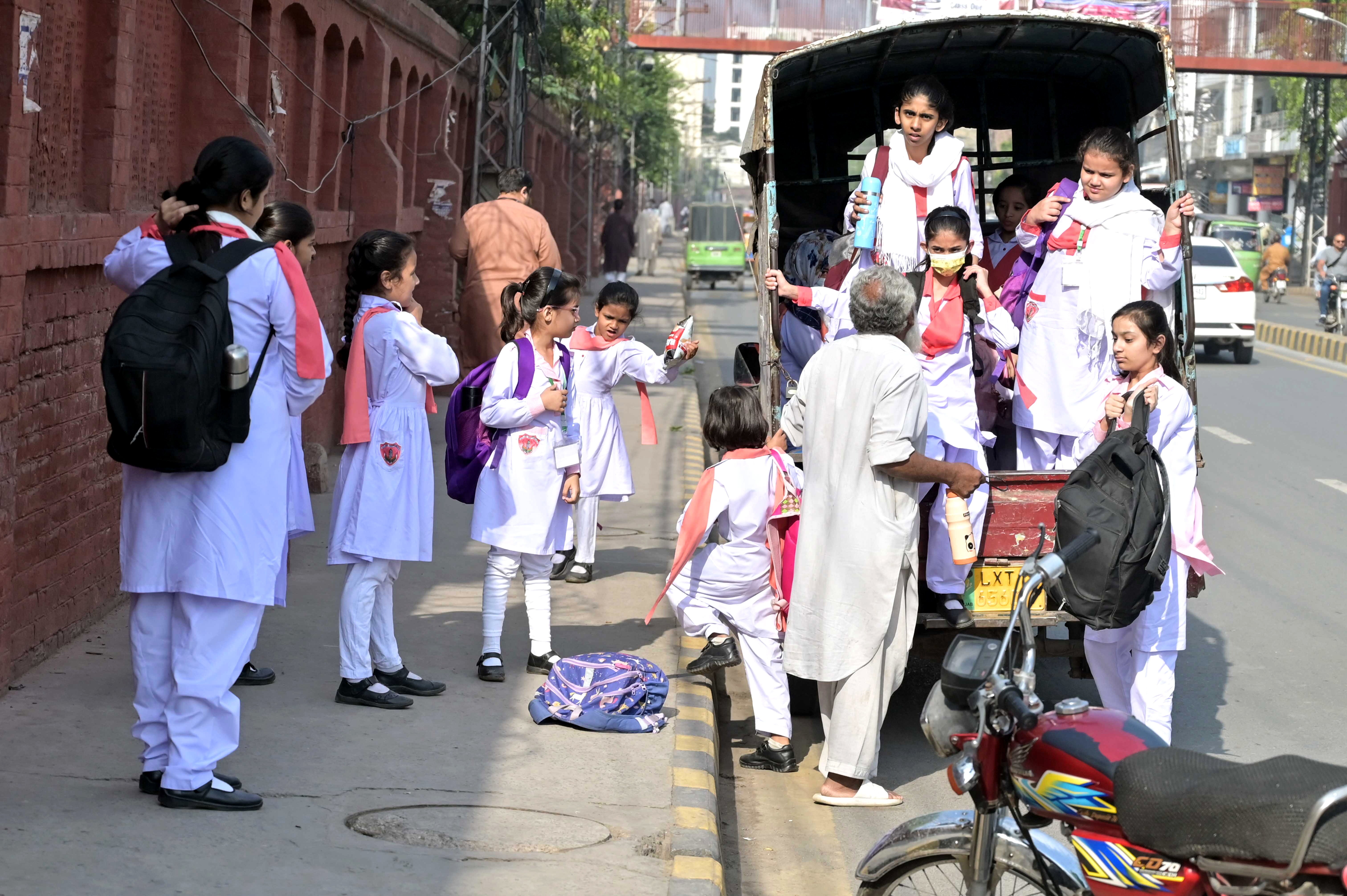
India’s initial strikes, carried out on Wednesday, 7 May, were in response to a deadly militant attack in Indian-administered Kashmir in April, in which 26 people were killed, after being singled out on basis of their religion. India said it was targeting terrorist training camps in Pakistan, not military or civilian sites. New Delhi maintained that its response was proportionate and aimed only at protecting national security.
But the action triggered swift retaliation from Pakistan, which saw the missile launches as a direct threat to its sovereignty and military infrastructure. Early on Saturday morning, Pakistan launched strikes on multiple Indian military bases, including those it believed were involved in the original attacks.
“We gave a proportionate response,” said Major General Ahmed Sharif Chaudhry of Pakistan. “An eye for an eye.”
The Pakistani military said it waited until after its own retaliatory operations before agreeing to any ceasefire. “The Indians requested a ceasefire after the 8th and 9th of May,” Major General Chaudhry told reporters, “after they started their operation. We told them we will communicate back after our retribution.”
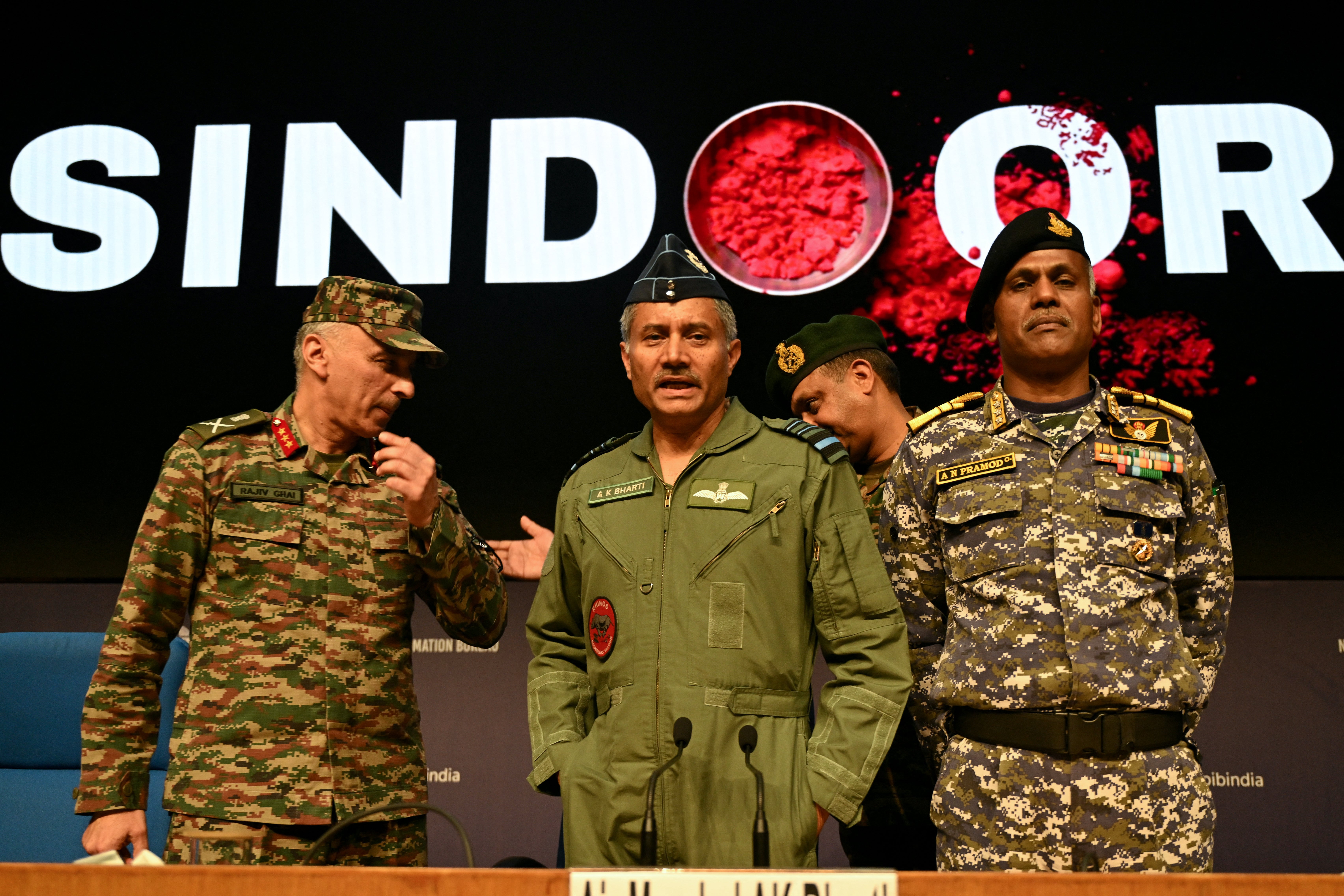
From the Pakistani perspective, diplomacy was already being given a chance, with the US playing a leading role. However, Pakistan said it was caught off guard when India struck again early Saturday morning, attacking several key airbases, including Nur Khan Air Base near Rawalpindi – home to Pakistan’s military leadership and the command responsible for its nuclear arsenal. That strike, according to Pakistani security officials, intensified concerns of imminent nuclear confrontation.
Prime minister Shehbaz Sharif reportedly convened a meeting of the National Command Authority, Pakistan’s top nuclear decision-making body, though the government later denied that such a meeting took place.
“At this point, the fear for everyone was a nuclear war between two arch rivals,” a Pakistani security official said.
Former prime minister Anwaar ul Haq Kakar, who had access to high-level discussions, confirmed that the US had conveyed to Pakistan’s leadership that continued escalation could lead to catastrophic consequences, reported The Guardian. President Donald Trump later claimed on his social media platform that he had averted “a bad nuclear war”.
Mr Trump, who initially appeared indifferent to the conflict, took credit for brokering peace, announcing the ceasefire on Saturday evening via Truth Social. “After a long night of talks mediated by the United States, I am pleased to announce that India and Pakistan have agreed to a FULL AND IMMEDIATE CEASEFIRE,” he posted.
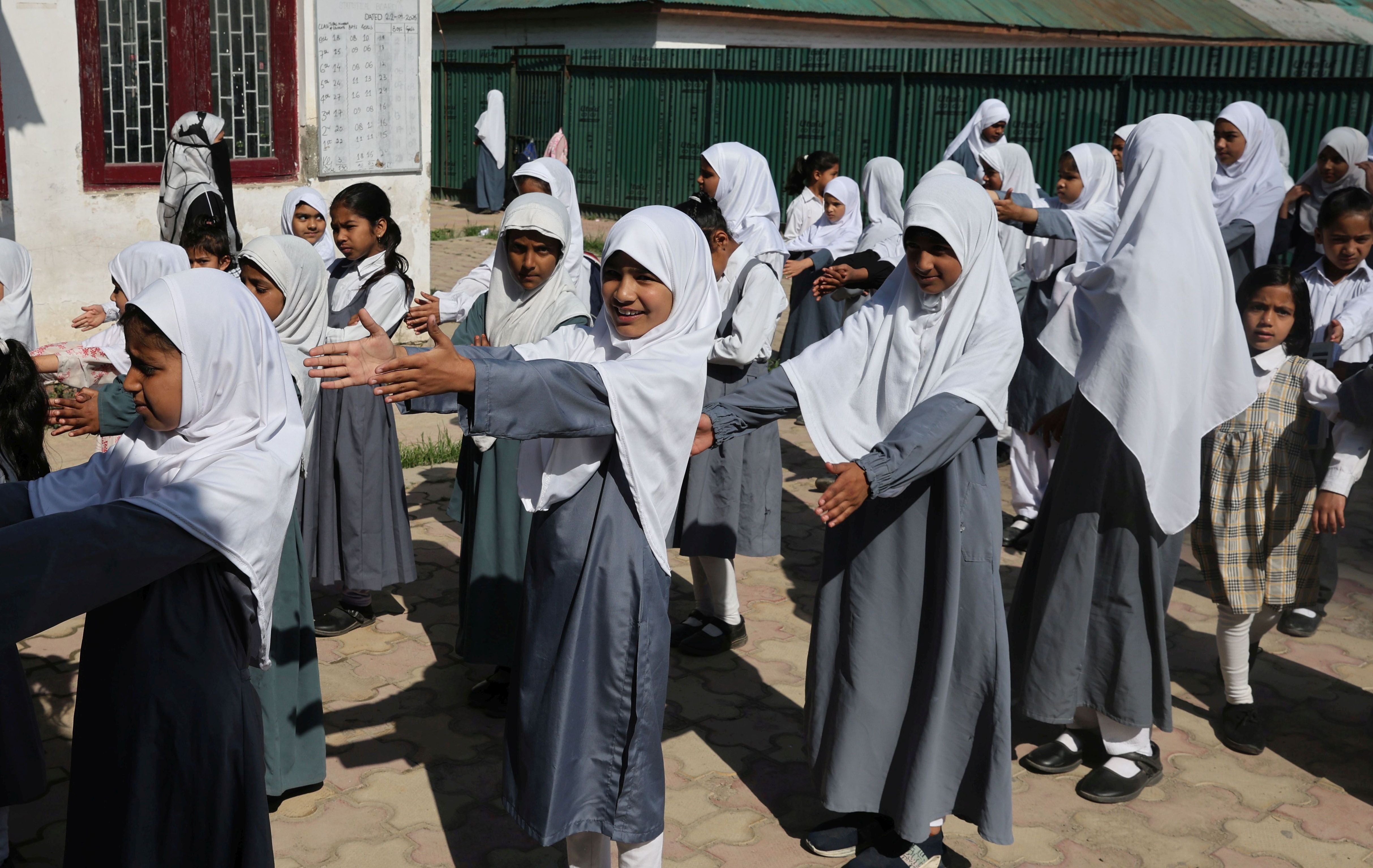
Indian officials, however, played down Washington’s involvement. India’s foreign ministry insisted the agreement was reached through direct military-to-military communication, not through third parties. Lieutenant General Ghai supported this version, saying India had contacted Pakistan earlier in the week to “communicate our compulsions to strike at the heart of terror”.
He added that the initial outreach from India was met with a “brusque” refusal from Pakistan, which warned that a severe response was imminent.
Nevertheless, the American account – supported by Pakistan – suggests that Washington’s role was instrumental. According to Pakistani sources, Mr Rubio was in continuous contact with not only General Munir but also national security adviser Asim Malik and Mr Sharif, reported the Guardian and CNN. Meanwhile, vice president JD Vance held separate conversations with India’s leadership, including prime minister Narendra Modi, urging them to seek an “off-ramp” to avoid further escalation, reported BBC.
Multiple countries joined the diplomatic push. China’s foreign minister Wang Yi reportedly spoke with senior officials in both New Delhi and Islamabad, voicing support for a ceasefire. Saudi Arabia, Iran, the United Arab Emirates, and the United Kingdom also quietly used diplomatic backchannels to urge restraint.
By 2.30pm Pakistan time on Saturday, the military leaders in both the countries were in direct contact. Although an initial ceasefire was scheduled for 4pm, further incidents along the contested Line of Control in Kashmir caused the start to be delayed slightly.
In the hours that followed, both sides confirmed the agreement publicly. While New Delhi stressed that it had dealt directly with Islamabad, Pakistan made no secret of its gratitude to Washington. “We thank President Trump for his leadership and proactive role for peace in the region,” said Mr Sharif.
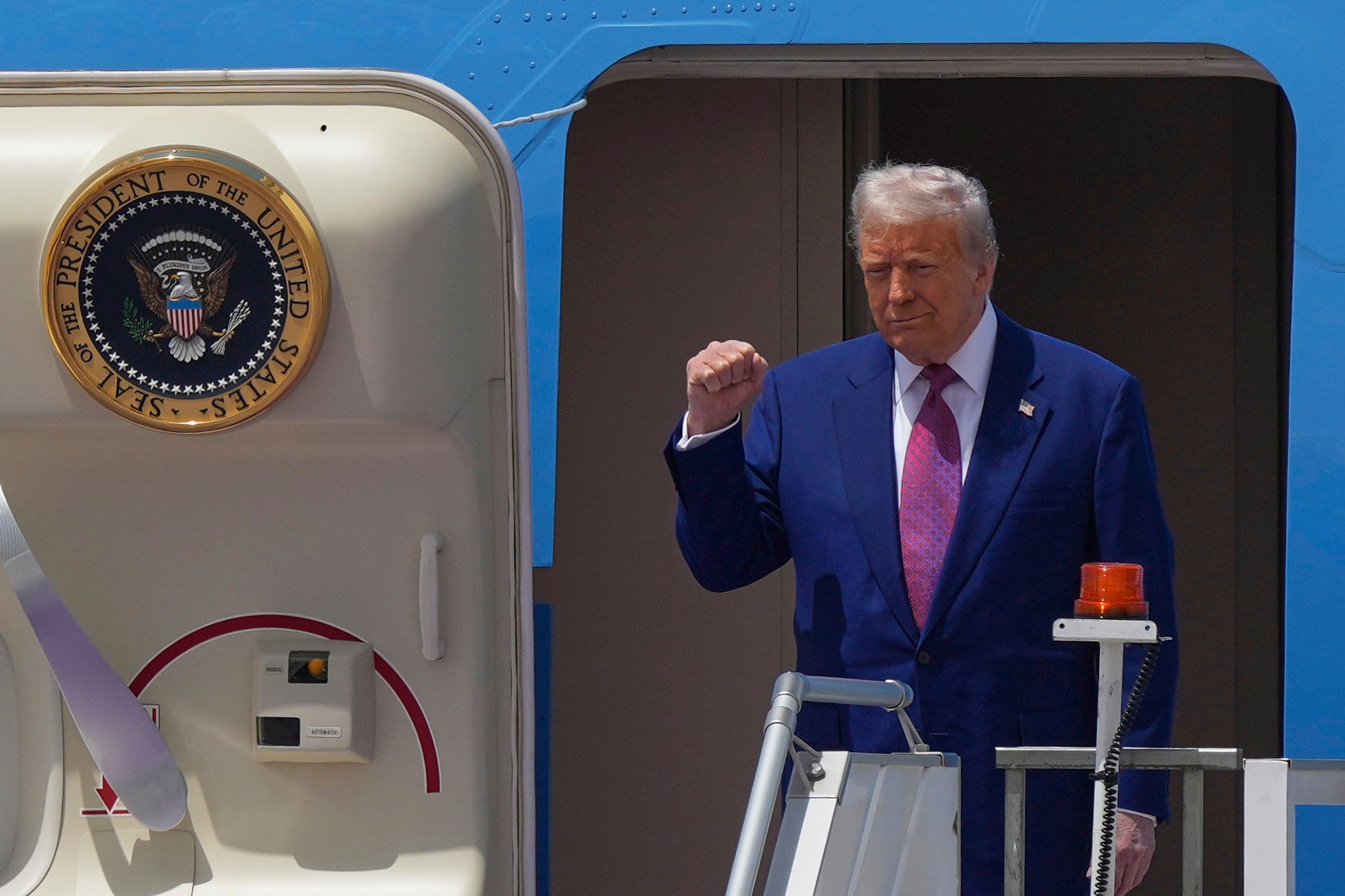
Differences over the narrative reflect deeper political postures. India, as a self-perceived regional power with a history of rejecting third-party mediation, especially on the Kashmir issue, remains wary of any suggestion of external involvement. Pakistan, by contrast, has historically welcomed international attention, particularly when it believes it has a stronger case to present globally.
As part of the ceasefire, officials say both countries have agreed to future talks aimed at maintaining stability. These discussions are expected to be hosted in a neutral third country, possibly the United Arab Emirates.
In a statement released after the ceasefire, India reiterated that its fight was only with “terrorists,” adding, “It is a shame that the Pakistan military chose to intervene”.
Mr Trump, newly invested in the region’s affairs, later suggested he would be willing to help resolve the Kashmir dispute. “After a ‘thousand years’, a solution can be arrived at concerning Kashmir,” he wrote on social media. Though the claim was historically inaccurate – the dispute began in 1947 after partition – it marked growing international concern over the stability of one of the world’s most dangerous rivalries.









 English (US) ·
English (US) ·